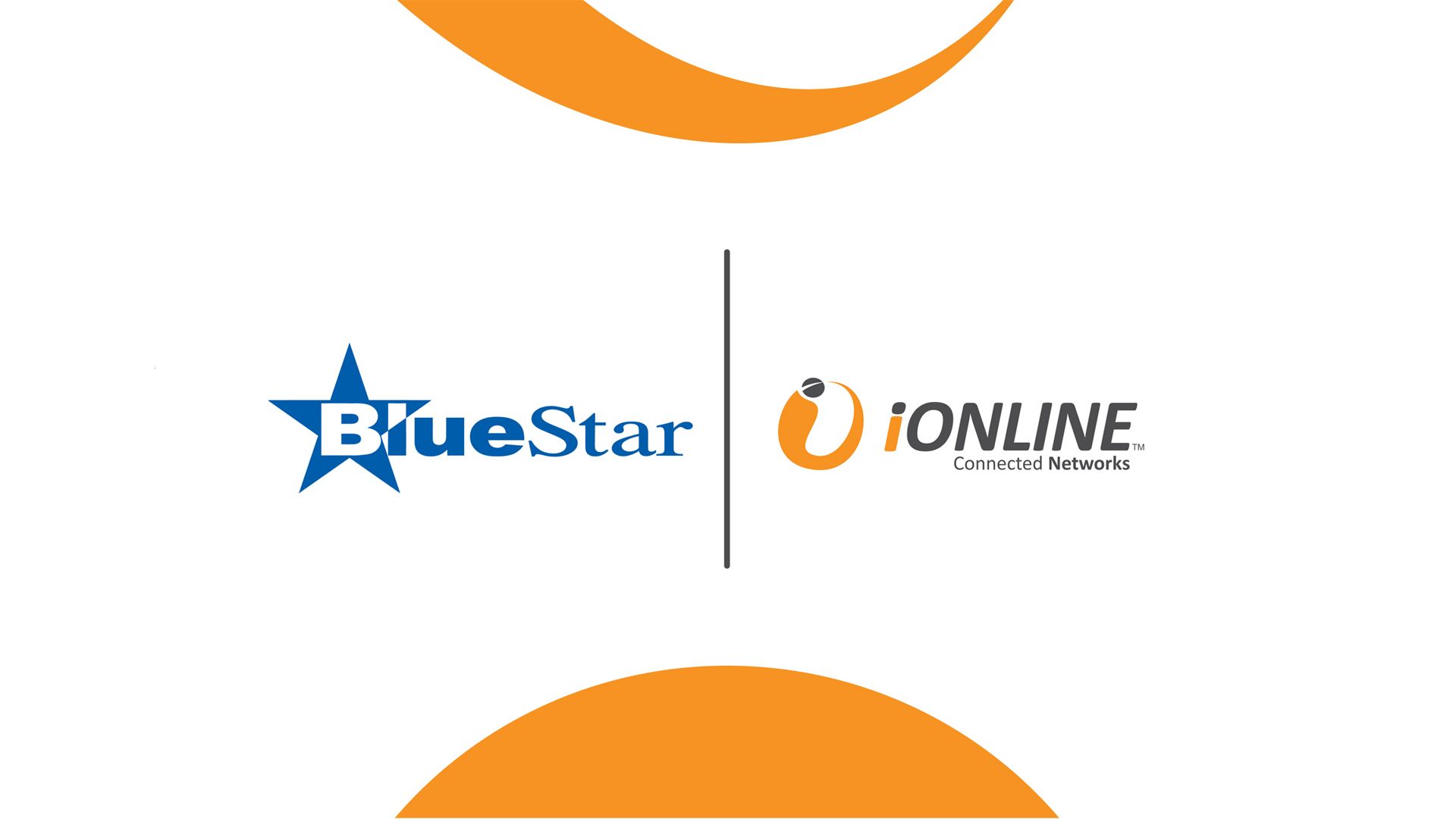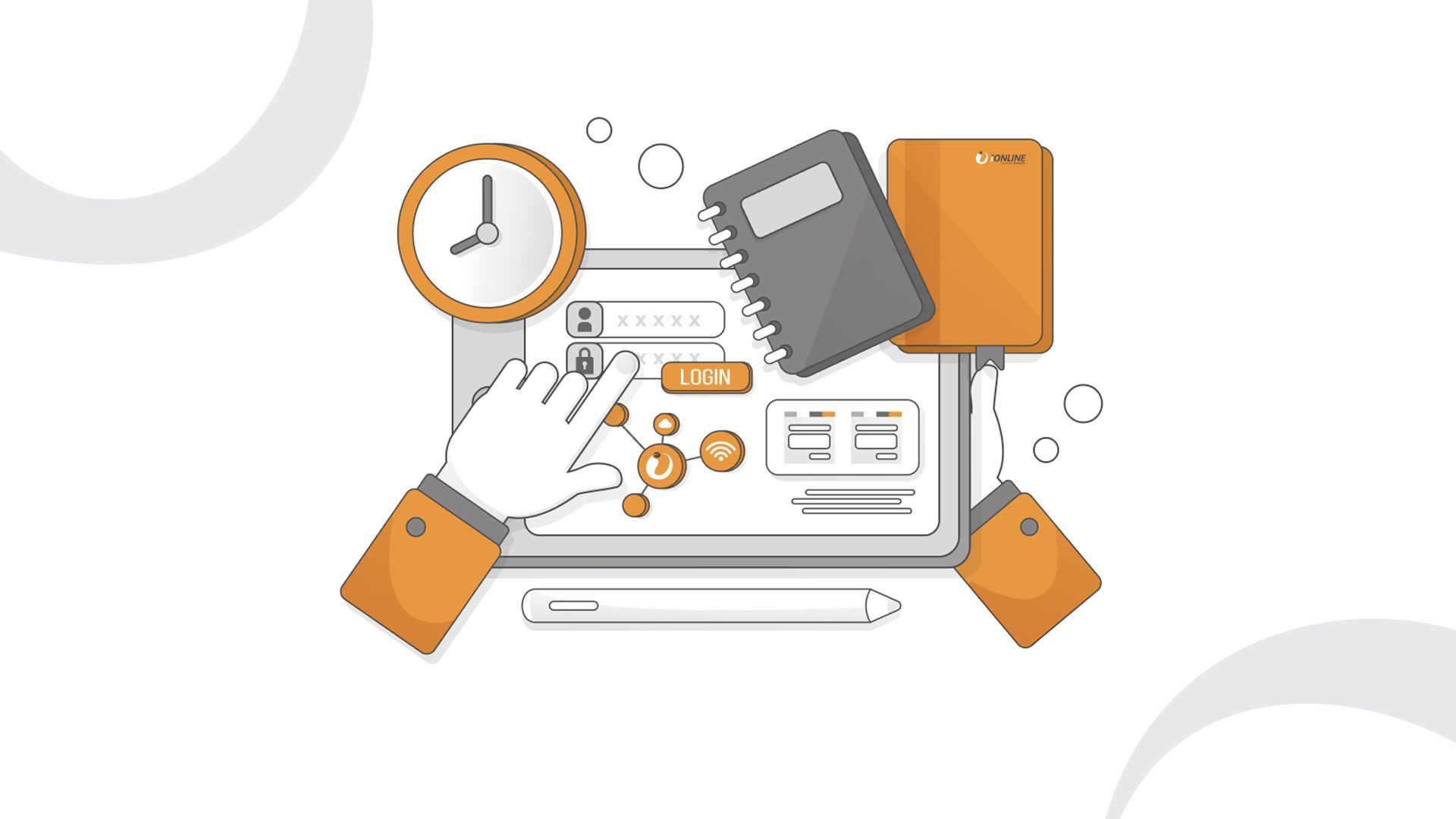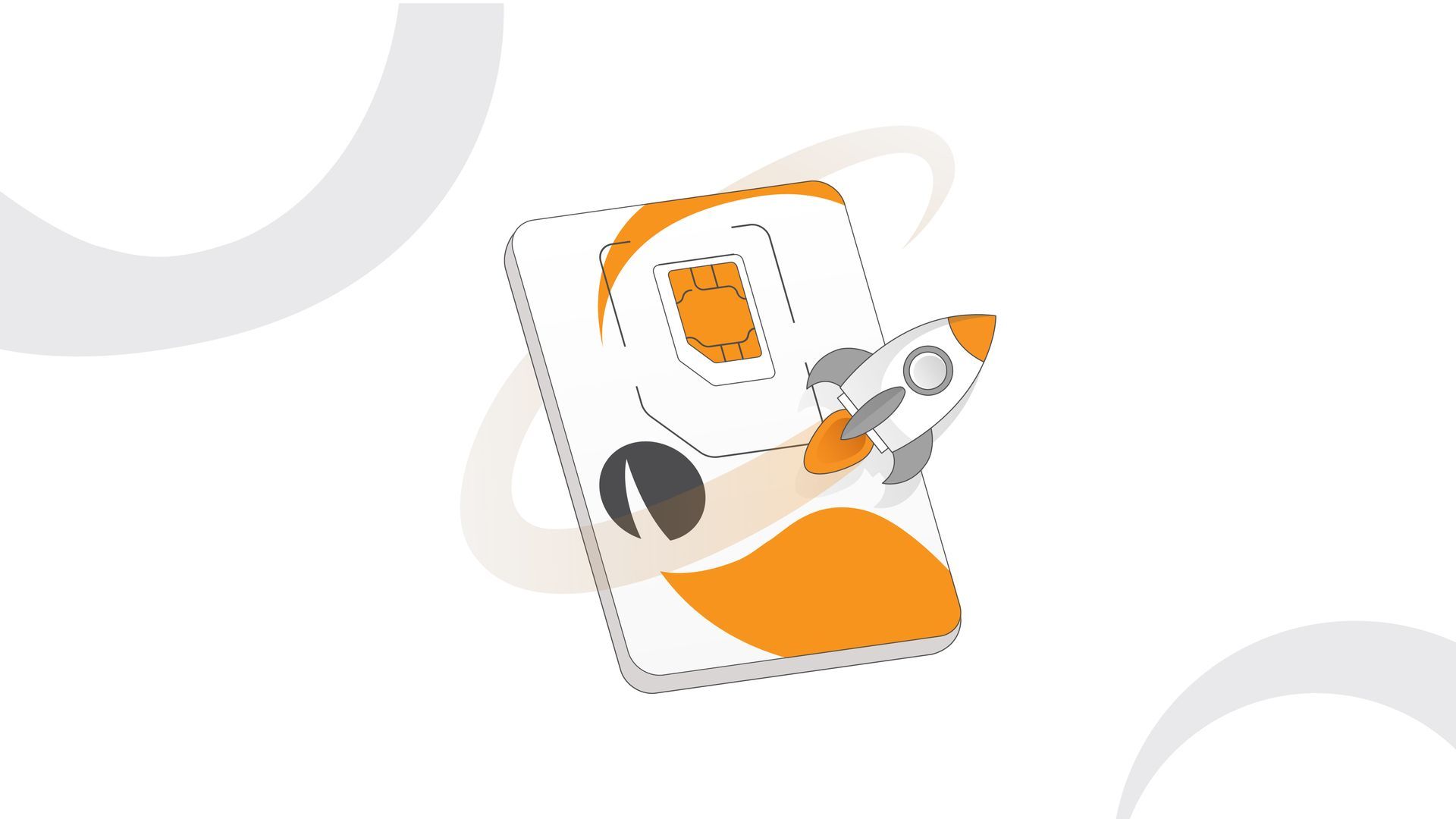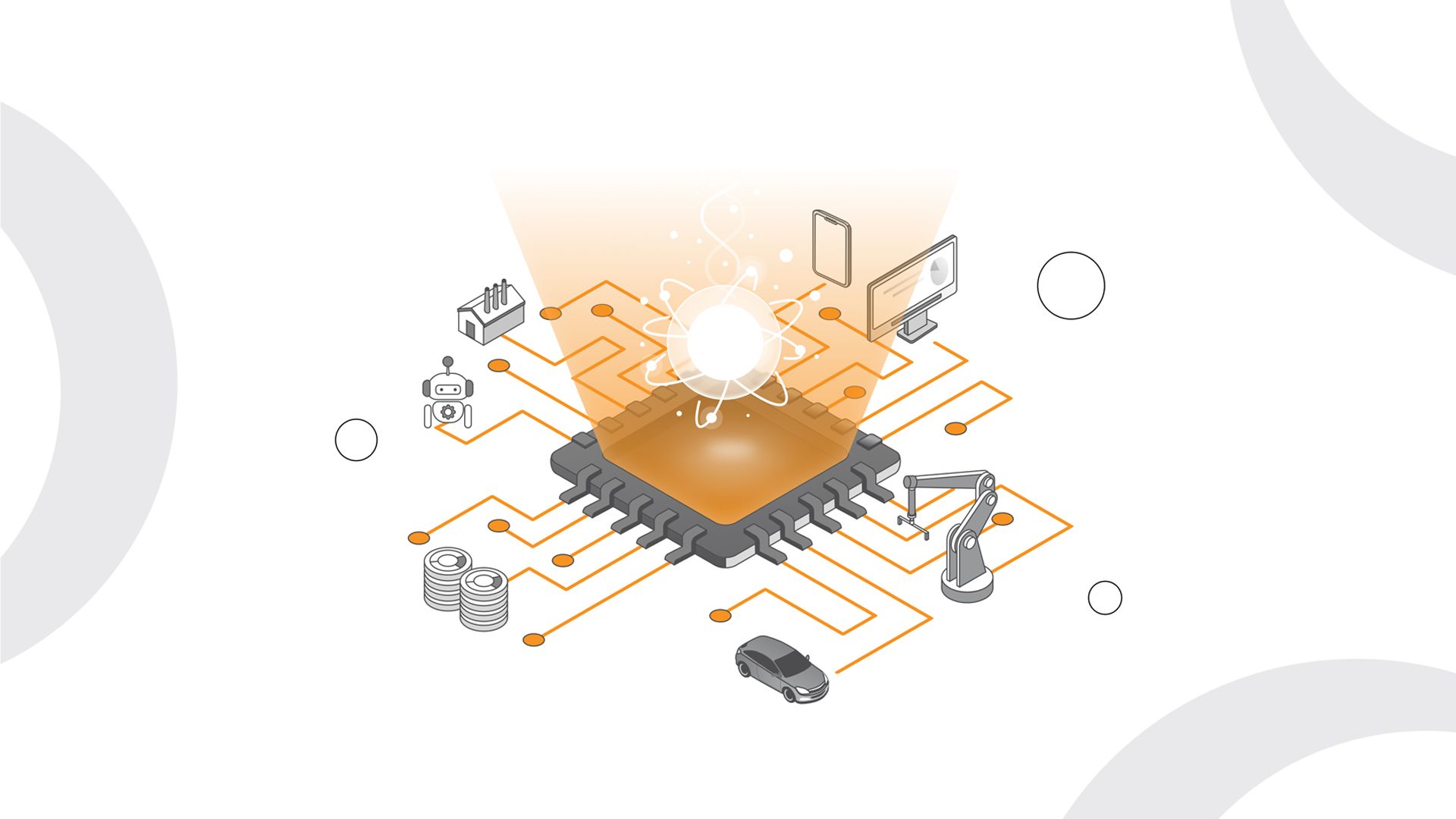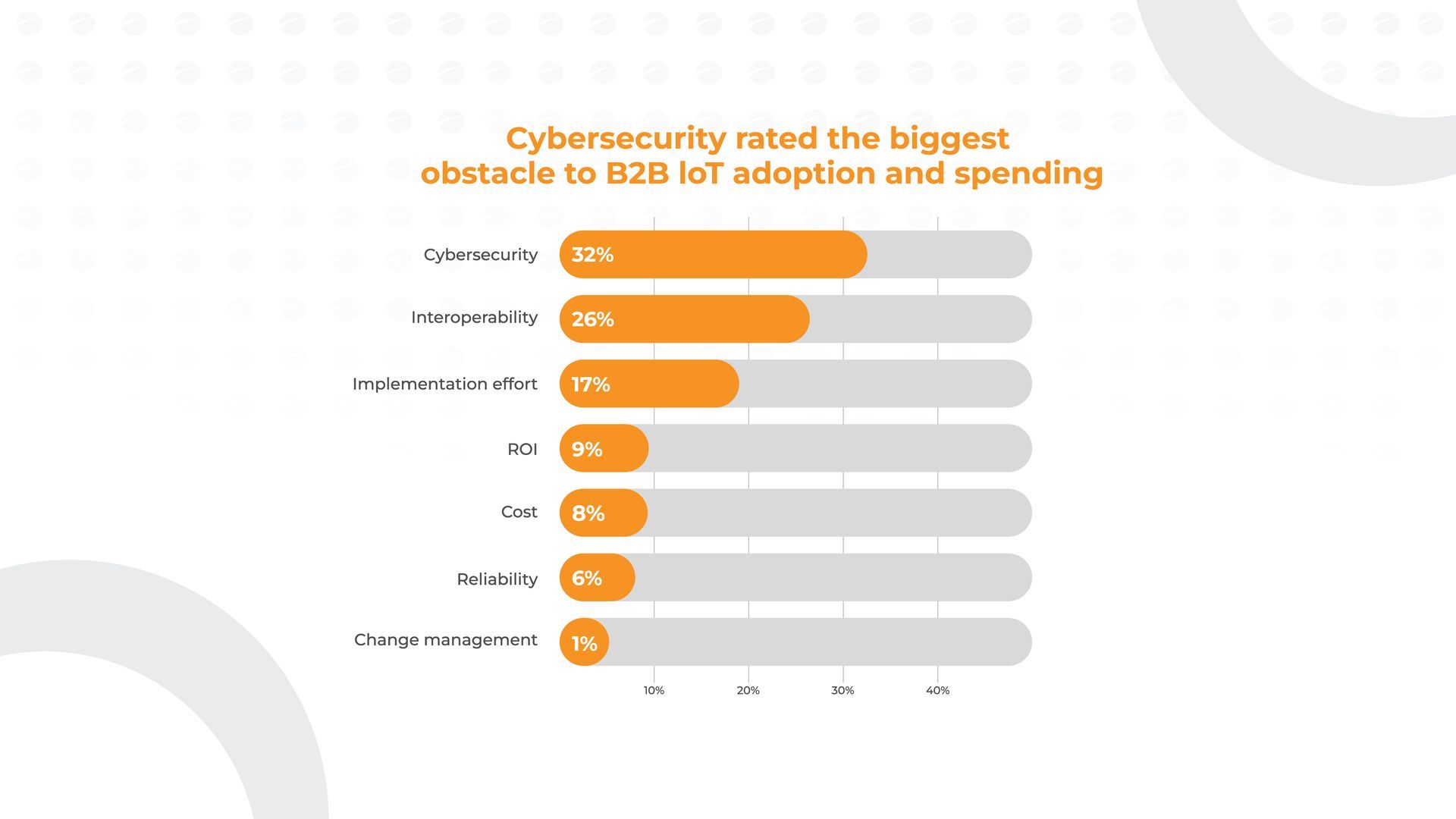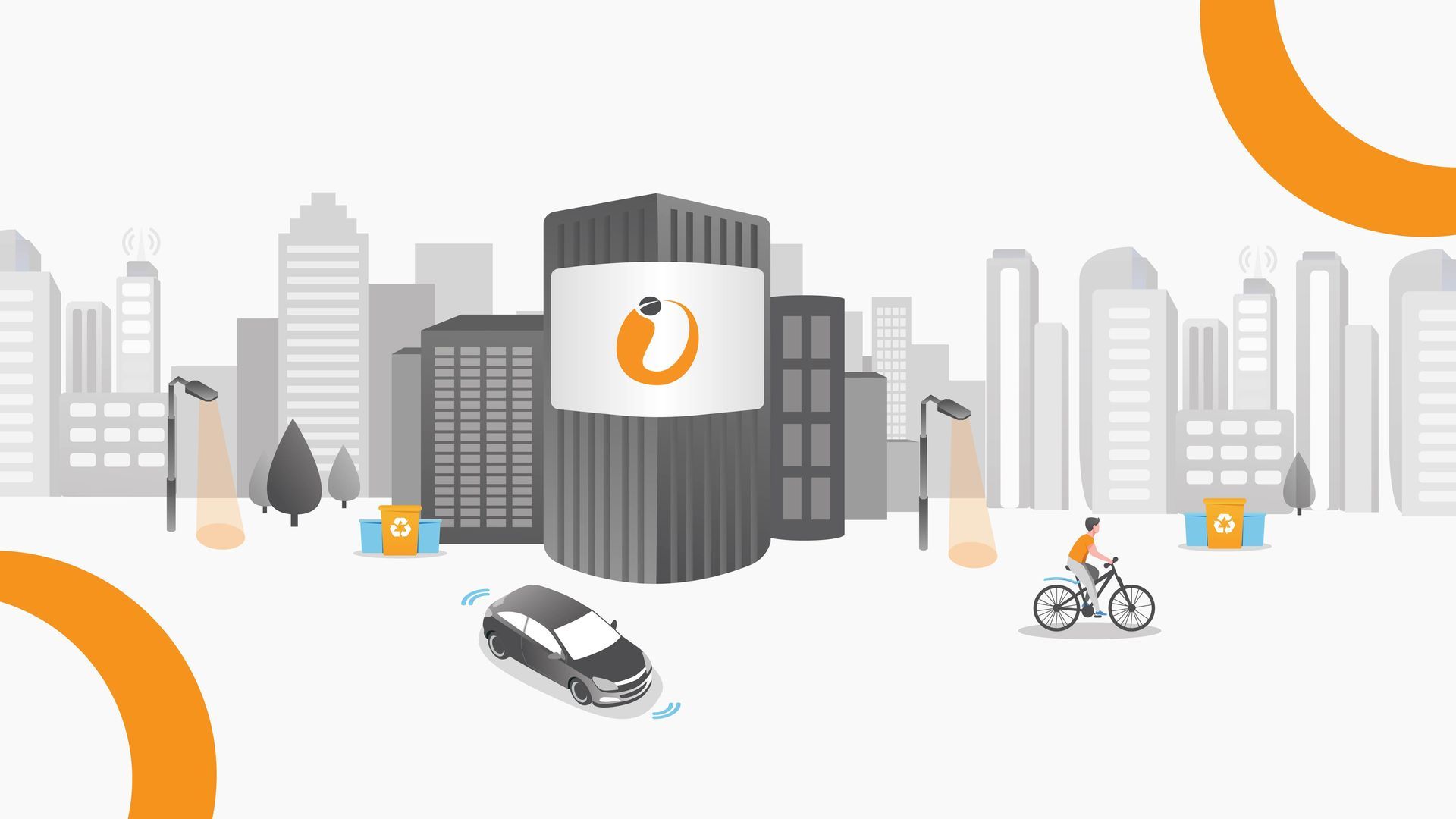Connected health tech
Wearable health and critical care devices need a reliable connection
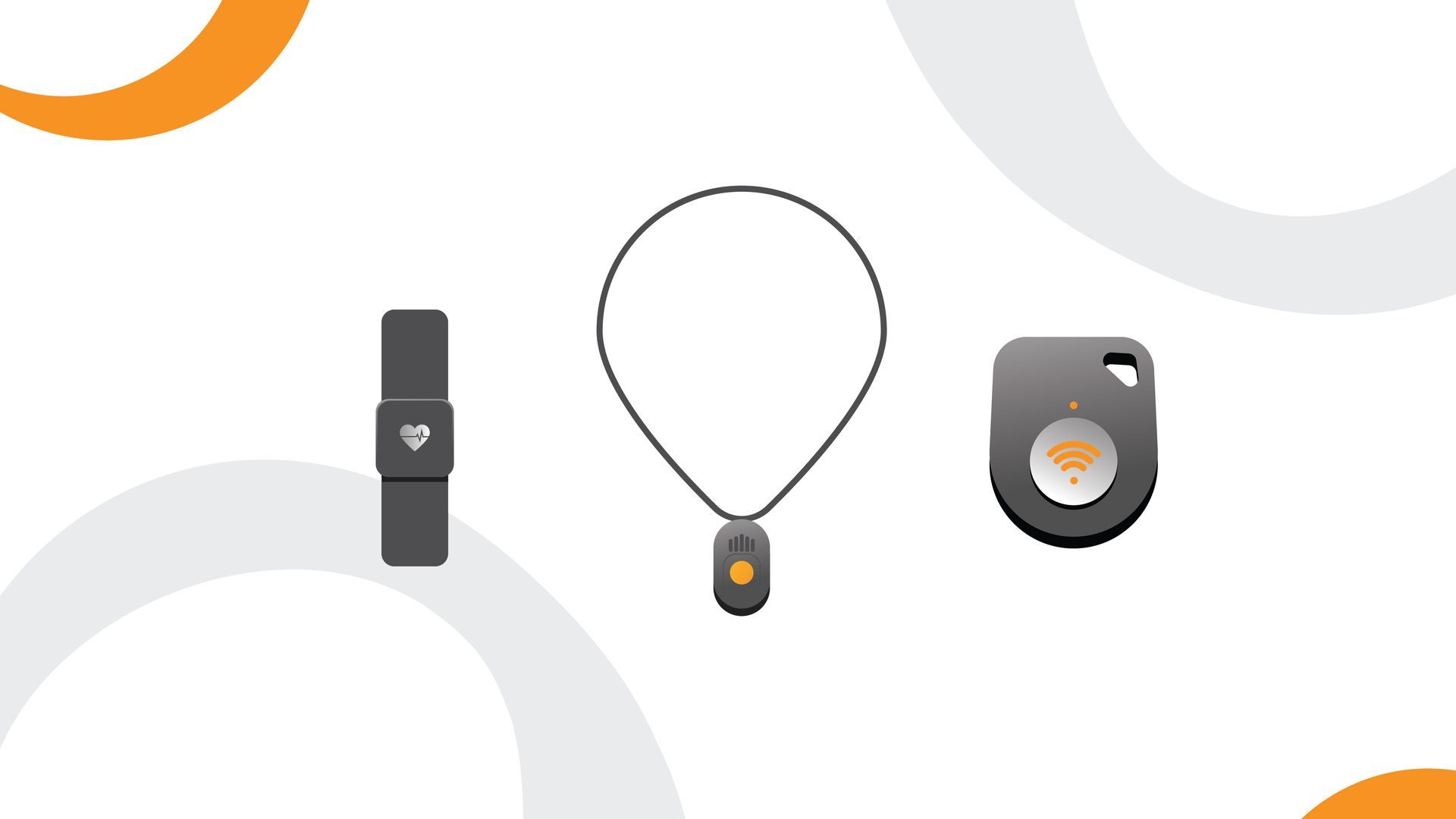
Wearable connected health tech offers plenty of uses and benefits for people requiring medical care outside of traditional medical settings, such as in their homes, or for older or mobility-impaired individuals who live alone. Tech-enabled devices provide 24/7 monitoring and real-time data, which enables personalised and proactive remote care.
Common use cases for connected healthcare devices include:
- Continuous health monitoring of vital signs like heart rate, blood pressure and oxygen levels. Similarly, sleep monitoring to watch for patterns of insomnia or sleep apnea and mental health monitoring to check stress levels.
- Emergency alert systems that help detect falls and notify emergency services and caregivers.
- Fitness tracking applications to encourage activity and track the levels thereof. This helps tailor programmes to each person’s needs and physical abilities.
- Medication management systems, which send reminders for timely medication intake.
- Remote consultations with healthcare providers, using data collected in real time. This is particularly helpful for mobility-limited individuals.
Connected healthcare devices can help maintain a sense of security and peace of mind for users and their loved ones or carers. For older adults who might face the challenge of living alone, these devices can act as a safety net, reducing the anxiety around potential health crises. The integration of these devices into daily routines helps to ensure that any deviations from the norm are picked up quickly enough that they can be attended to with the urgency needed.
Not only do these devices support physical health, but they also have the potential to monitor and enhance mental well-being. Mood tracking features can provide insights into long-term mental health trends and trigger alerts for potential issues, allowing for timely intervention. You can also set up reminders to connect with friends and family, which helps to encourage social interaction. In the elderly in particular, social isolation and loneliness can be quite challenging.
Wearable tech can form part of a larger ecosystem of connected smart devices in the home, making it easier for people to live independently. Connected wearables can be integrated with other smart home devices, such as voice-activated assistants, smart thermostats and lighting systems. These can automate home environments to suit personal comfort and safety needs, making daily living more convenient for those with mobility, cognitive or other impairments. Such an interconnected ecosystem fosters greater independence and enhances quality of life.
Additional use cases for connected healthcare devices:
- Diet and nutrition monitoring via devices that track dietary intake and provide personalised nutritional advice to help maintain healthy eating habits.
- Home environment monitoring with sensors that track indoor environmental factors such as air quality, humidity and temperature to help maintain conditions optimal for well-being.
- Mobility assistance smart home features that assist with movement, such as automated door openers, stair lifts or robotic vacuum cleaners.
- Devices loaded with cognitive support tools which offer reminders for daily tasks, schedule management, and cognitive exercises to support memory and mental acuity.
- Real-time health analytics and reporting systems that aggregate and analyse health data from various devices to create reports that can be shared with healthcare providers for more informed and personalised medical advice.
By leveraging connected healthcare devices, individuals can achieve a safer, healthier and more independent lifestyle, ensuring peace of mind for themselves and those who care about them.
Spotty, on-and-off connectivity isn’t an option when lives are at stake. If you can’t connect it, you can’t care for it. We can help you. Read more about the use cases for IoT in healthcare here: https://www.ionlinesp.com/use-cases/healthcare-iot


